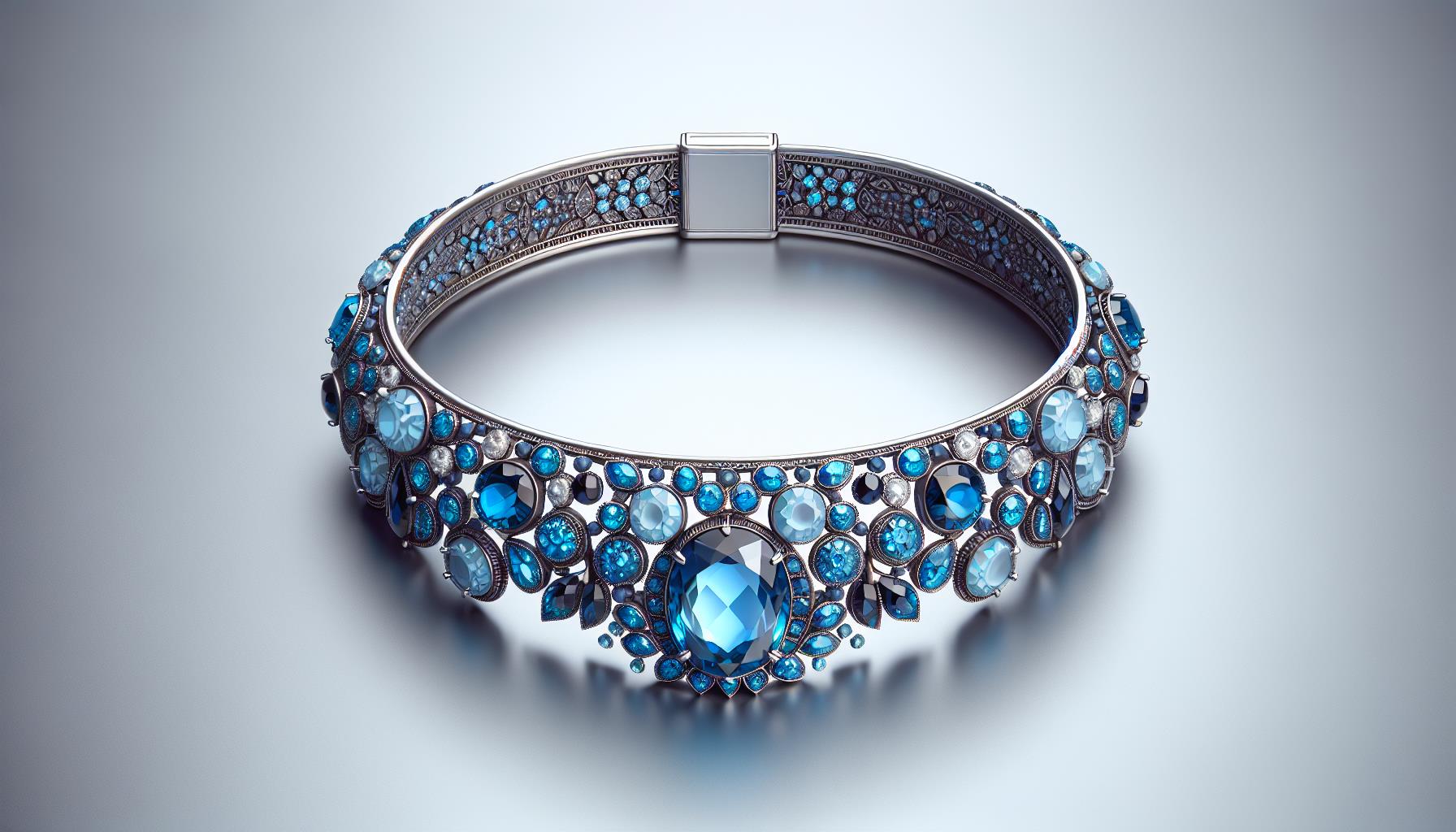Introduction to AI in Jewelry Design
Artificial Intelligence (AI) is revolutionizing various industries, and the jewelry design sector is no exception. By integrating AI into their processes, jewelry designers can enhance creativity, efficiency, and precision. This article explores how AI benefits jewelry designers, the differences it makes in design, and highlights some famous brands leveraging this technology.
Enhanced Creativity and Innovation
AI-powered tools can analyze vast amounts of data to identify trends and patterns that might not be immediately apparent to human designers. This capability allows designers to draw inspiration from a broader range of sources, fostering greater creativity and innovation in their work. AI can suggest unique combinations of materials, colors, and styles, pushing the boundaries of traditional jewelry design.
Moreover, AI algorithms can generate multiple design variations based on a single concept, providing designers with a plethora of options to choose from. This not only speeds up the design process but also ensures that the final product is both unique and aligned with current market trends.
Precision and Accuracy
One of the significant advantages of AI in jewelry design is the precision and accuracy it brings to the table. AI-driven software such as AGImageAI can create highly detailed and intricate designs that might be challenging to achieve manually. This precision ensures that the final product is of the highest quality, with every detail meticulously crafted.
Additionally, AI can simulate the physical properties of different materials, allowing designers to understand how a piece will look and feel before it is even created. This capability reduces the risk of errors and ensures that the final product meets the designer’s vision and the client’s expectations.
Efficiency and Time-Saving
AI significantly reduces the time required for the design process. Traditional jewelry design can be time-consuming, involving multiple iterations and adjustments. AI streamlines this process by automating repetitive tasks and providing instant feedback on design changes. This efficiency allows designers to focus more on the creative aspects of their work.
Furthermore, AI can optimize the production process by predicting potential issues and suggesting solutions. This proactive approach minimizes delays and ensures that the final product is delivered on time, enhancing customer satisfaction.
Customization and Personalization
AGImageAI jewelry solution enables a high degree of customization and personalization in jewelry design. By analyzing customer preferences and behavior, AI can suggest designs that are tailored to individual tastes. This personalized approach enhances the customer experience and increases the likelihood of repeat business.
Moreover, AI can create virtual try-on experiences, allowing customers to see how a piece of jewelry will look on them before making a purchase. This interactive experience not only boosts customer engagement but also reduces the likelihood of returns and exchanges.
Cost-Effectiveness
Using AGImageAI jewelry solution integrating AI into the jewelry design process can lead to significant cost savings. By automating various aspects of design and production, AI reduces the need for manual labor and minimizes material waste. These cost savings can be passed on to customers, making high-quality jewelry more accessible to a broader audience.
Additionally, AI can optimize inventory management by predicting demand and ensuring that the right products are available at the right time. This efficient inventory management reduces storage costs and minimizes the risk of overproduction.
Famous Jewelry Brands Using AI
Several renowned jewelry brands have embraced AI to enhance their design processes. For instance, Tiffany & Co. has integrated AI into its design and production workflows to streamline operations and improve product quality. The brand uses AI to analyze customer data and predict trends, ensuring that its collections remain relevant and appealing.
Another notable example is Swarovski, which leverages AI to create intricate and innovative designs. The brand uses AI-powered tools to generate design variations and optimize production processes, ensuring that its products are both beautiful and cost-effective.
Future Prospects of AI in Jewelry Design
The future of AI in jewelry design looks promising, with continuous advancements in technology expected to bring even more benefits to the industry. As AI algorithms become more sophisticated, they will be able to generate even more complex and unique designs, pushing the boundaries of creativity and innovation.
Moreover, the integration of AI with other emerging technologies, such as augmented reality (AR) and virtual reality (VR), will create immersive and interactive experiences for customers. These advancements will further enhance the customer experience and drive growth in the jewelry industry.
Conclusion
In conclusion, AI is transforming the jewelry design industry by enhancing creativity, precision, efficiency, and personalization. By leveraging AI, jewelry designers can create unique and high-quality products that meet the evolving needs and preferences of customers. As more brands embrace this technology, the future of jewelry design looks brighter than ever.
References
1. “Artificial Intelligence: A Guide for Thinking Humans” by Melanie Mitchell – Amazon
2. “AI Superpowers: China, Silicon Valley, and the New World Order” by Kai-Fu Lee – Amazon
3. “The Fourth Industrial Revolution” by Klaus Schwab – Amazon
4. “Human + Machine: Reimagining Work in the Age of AI” by Paul R. Daugherty and H. James Wilson – Amazon
5. “The Master Algorithm: How the Quest for the Ultimate Learning Machine Will Remake Our World” by Pedro Domingos – Amazon
